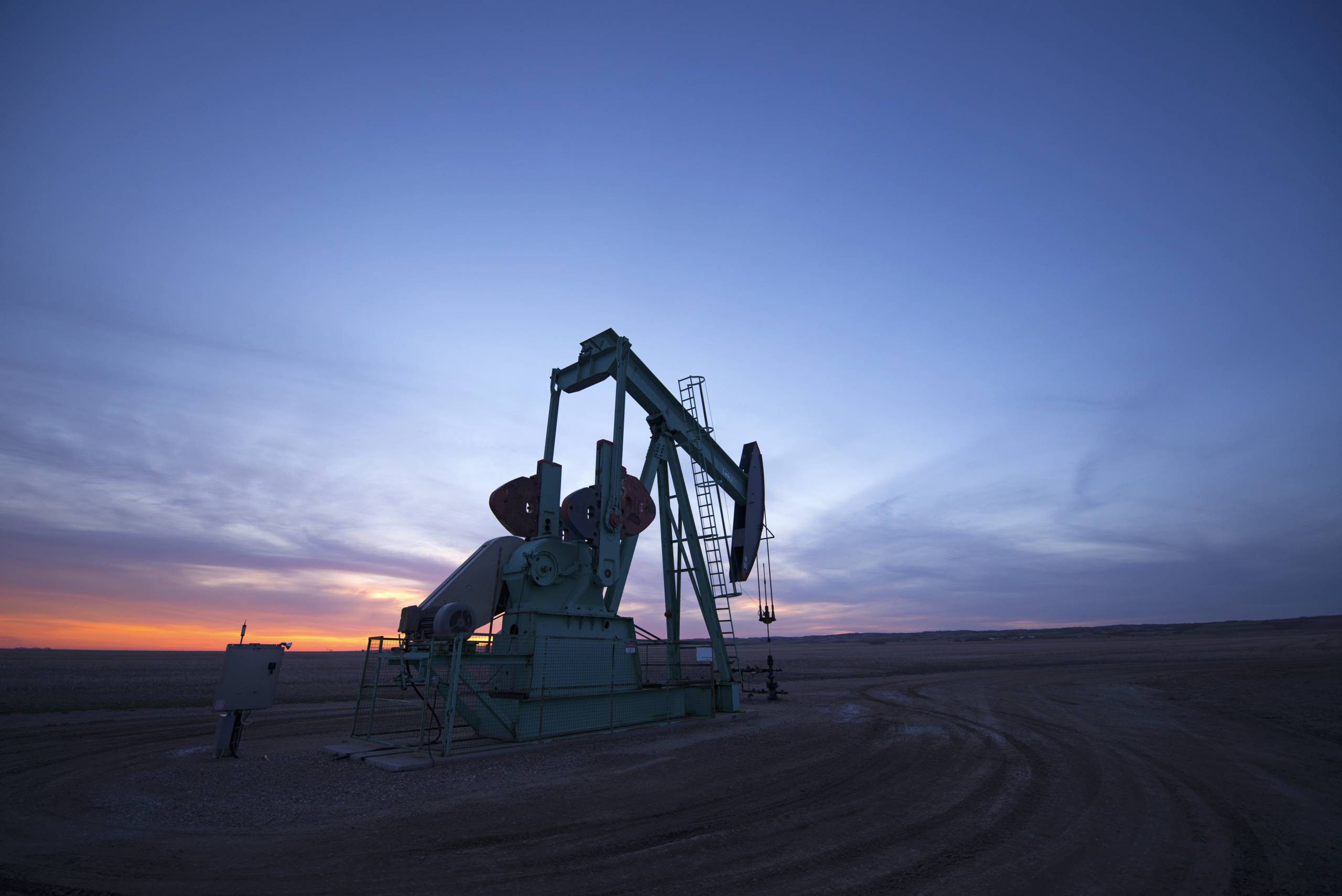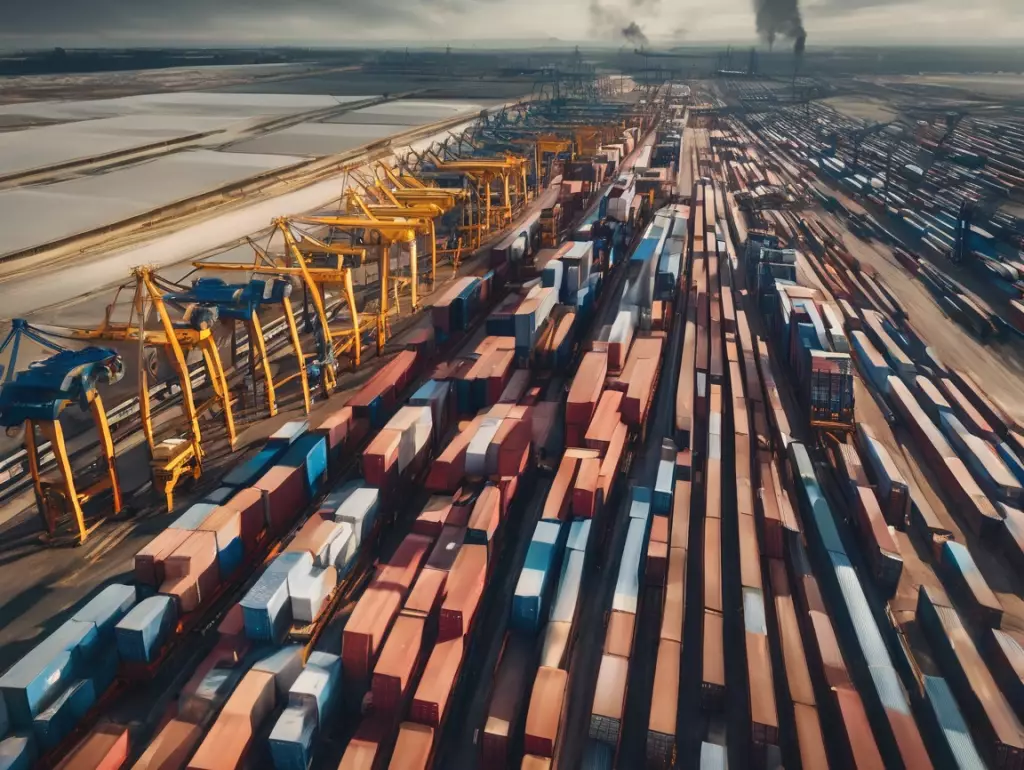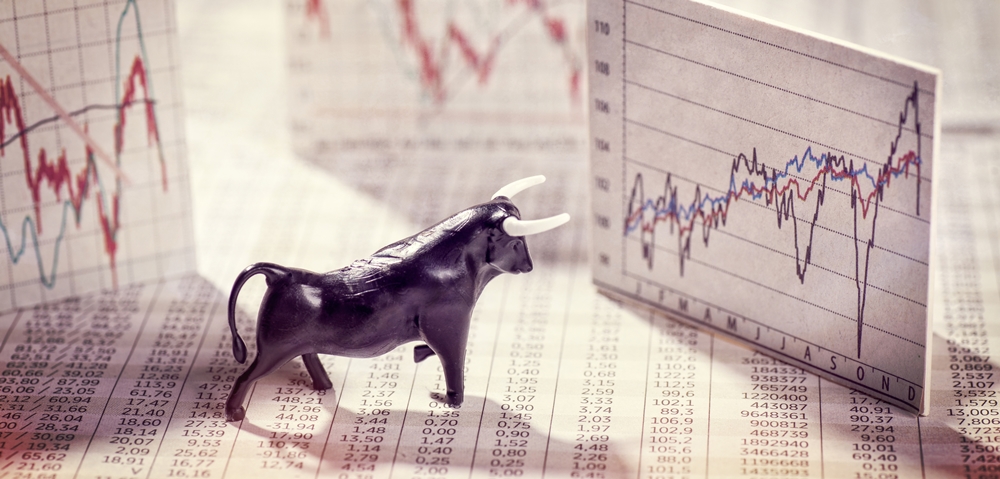MAKE CLARITY YOUR COMPETITIVE ADVANTAGE
Everything you need to stay informed, stay agile, and navigate uncertainty.

Explore Zone
BIG BUSINESS DOESN’T GET TO KEEP ALL THE GOOD TOOLS.
We’ve made enterprise-grade risk management accessible to everyone.
SEARCH
Search resources by keyword, market or topic.
INDUSTRY & PRODUCT INSIGHTS

What impacts commodity prices?
For any business that trades raw materials in the fuel, metal, or agricultural sectors somewhere

Understanding the purpose of commodity hedging
In today’s world economy, volatile commodity pricing is one of the greatest sources of uncertainty

From farms to factories: Practical hedging strategies for volatile markets
From family farms to biscuit giants, each faces the same question: how do you protect

LATEST NEWS FROM ATTARA

NEW FINTECH ATTARA SEEKS TO BRING FINANCIAL CERTAINTY TO UK SMEs
As market volatility persists, the launch of Attara promises to help SMEs reduce risk and

ATTARA WELCOMES HANI ELMALKY AS CHIEF TECHNICAL ADVISOR AND MEMBER OF ITS ADVISORY BOARD
Attara, a pioneering fintech company dedicated to transforming the landscape of commodity hedging for businesses
INDUSTRY PUBLICATIONS FEATURING ATTARA & OUR LEADERS

HEDGING FINTECH ATTARA LAUNCHES AI-ENABLED ENTERPRISE GRADE FINANCIAL TOOLS TO SUPPORT BUSINESSES NAVIGATING MARKET VOLATILITY
In a bid to democratise the hedging market, commodity hedging

Q&A: Commodities trading in the modern supply chain
We speak to Graham Cade, Head of Operations at Attara,

Hedging: The Secret Weapon for SMEs to Navigate Economic Uncertainty
Attara—a firm dedicated to simplifying hedging solutions for SMEs—has recently
STAY AHEAD OF THE CURVE
JOIN OUR COMMUNITY AND RECEIVE EXPERT INSIGHTS, TOOLS, AND UPDATES DIRECTLY TO YOUR INBOX.
FAQ
What is commodity hedging and how does it work?
Commodity hedging is a strategic way to protect yourself from the financial risk of changing commodity prices. Think of it as a form of insurance that keeps your prices steady. The main idea is to take a position in a financial market (using derivatives like futures or options) that is opposite to your position in the physical market.
For example, if you are a coffee producer, you face the risk of coffee bean prices falling before you can sell your harvest. To hedge this risk, you would sell a coffee futures contract.
- If prices fall: The loss you make on selling your physical coffee beans is offset by the gain you make on your futures contract.
- If prices rise: The extra profit you make on your physical beans is offset by a loss on your futures contract.
In either scenario, you have locked in a predetermined price, replacing uncertainty with stability. The goal isn’t to make an extra profit from the hedge, but to protect your business from unpredictable price swings that could otherwise eat away at your bottom line.
What are the main types of commodity hedges?
There are two primary hedging strategies, each serving an opposite need:
- The Short Hedge (For Sellers/Producers): This is the strategy used by producers (such as farmers, oil drillers, or mining companies), who want to protect against a price drop. They do this by selling a futures contract or buying a put option. This locks in a selling price for their future production.
- The Long Hedge (For Buyers/Consumers): This strategy is for consumers of commodities (think of airlines buying jet fuel or manufacturers buying metals), who need to protect against a price increase. They achieve this by buying a futures contract or a call option, thereby locking in a purchase price for a commodity they will need in the future.
How big does a company have to be to start commodity hedging?
This is a common misconception. For far too long, the benefits of hedging were reserved for large conglomerates and global blue chip companies, but now the game has changed. We see hedging as a leveller, allowing companies of all sizes to take a seat at the table. All companies are exposed to risk when trading in commodities, so why should these tools not be available to all businesses?
The key question is: Is the potential financial impact of a price swing large enough to threaten your profitability? If the answer is yes, hedging is worth considering, regardless of your company’s size.
What factors most influence commodity prices and hedge performance?
Commodity markets are famously sensitive. The performance of your hedge will be influenced by the same factors that drive prices:
- Supply and Demand: The most fundamental driver. A poor harvest, a mine strike, or a factory shutdown can drastically reduce supply. Conversely, new technologies or changing consumer tastes can alter demand.
- Macroeconomic Trends: Interest rates, currency exchange rates, and overall economic growth can have a major impact.
- Geopolitical Events: Political instability, trade wars, and new regulations in key producing or consuming nations can send shockwaves through the market.
- Weather: Particularly crucial for agricultural commodities, where droughts, floods, or freezes can devastate supply.

